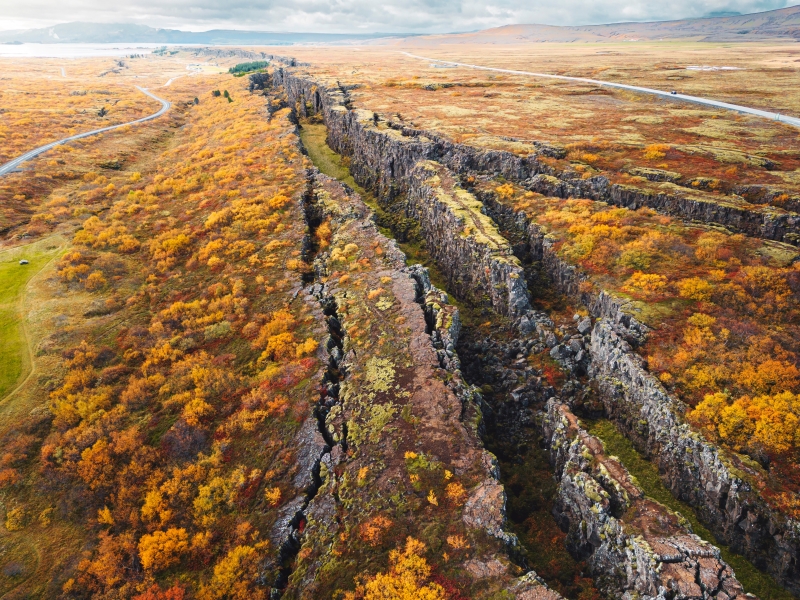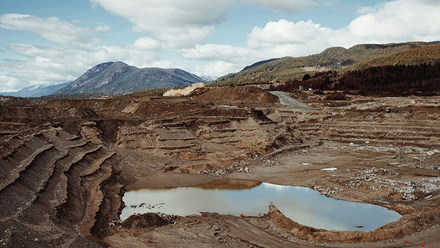Mineral produced by tectonics has cooling effect
A Massachusetts Institute of Technology (MIT) study finds that smectite, a clay mineral found on the seafloor, can sequester carbon over millions of years.

The research team at MIT observed that tectonic events exposed ocean rocks, called ophiolites, to the atmosphere.
Smectites are a product of ophiolites and have the microscopic texture of an accordion, with the folds helping to trap dead microorganisms. This keeps carbon from being consumed by the microbes and expelled back into the atmosphere as carbon dioxide.
The study suggests that organic carbon could have been preserved by less than one-tenth of a percent. Although negligible, over millennia this could help to cool the entire planet.
‘These clays also have probably contributed some of the Earth’s cooling in the last three-to-five million years, before humans got involved,’ adds Joshua Murray, a graduate student in MIT’s Department of Earth, Atmospheric, and Planetary Sciences. ‘In the absence of humans, these clays are probably making a difference to the climate. It’s just such a slow process.’
There is also evidence to suggest that smectites are the cause of the Ice Age.
With the elements nickel and chromium present in the mineral, the team linked the rise in these minerals with the time of four Ice Ages over the last 500 million years. The sequestered carbon was enough in this time period to cool the Earth significantly enough to trigger these four events.







